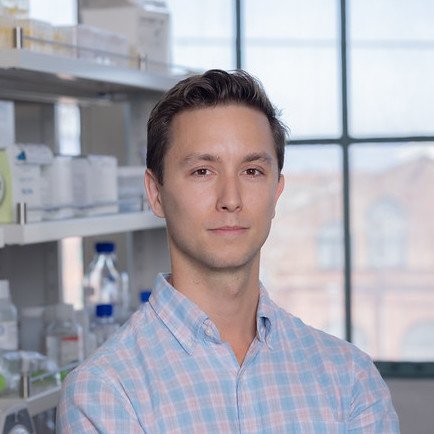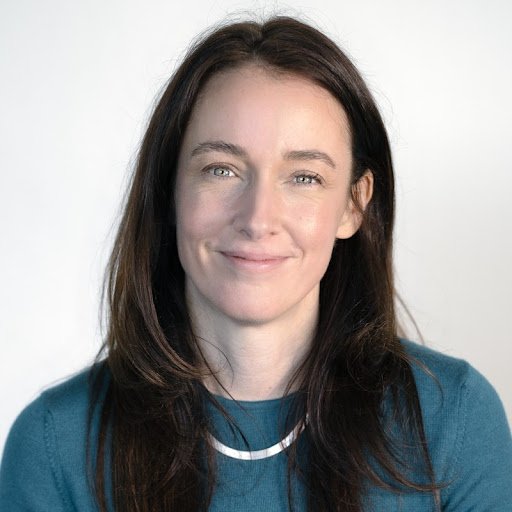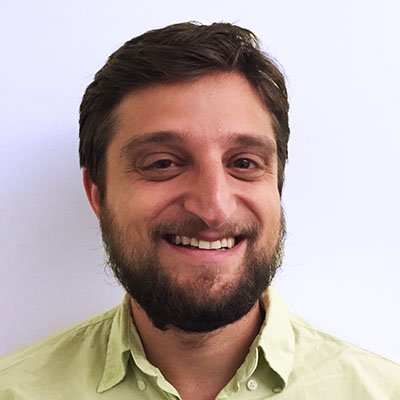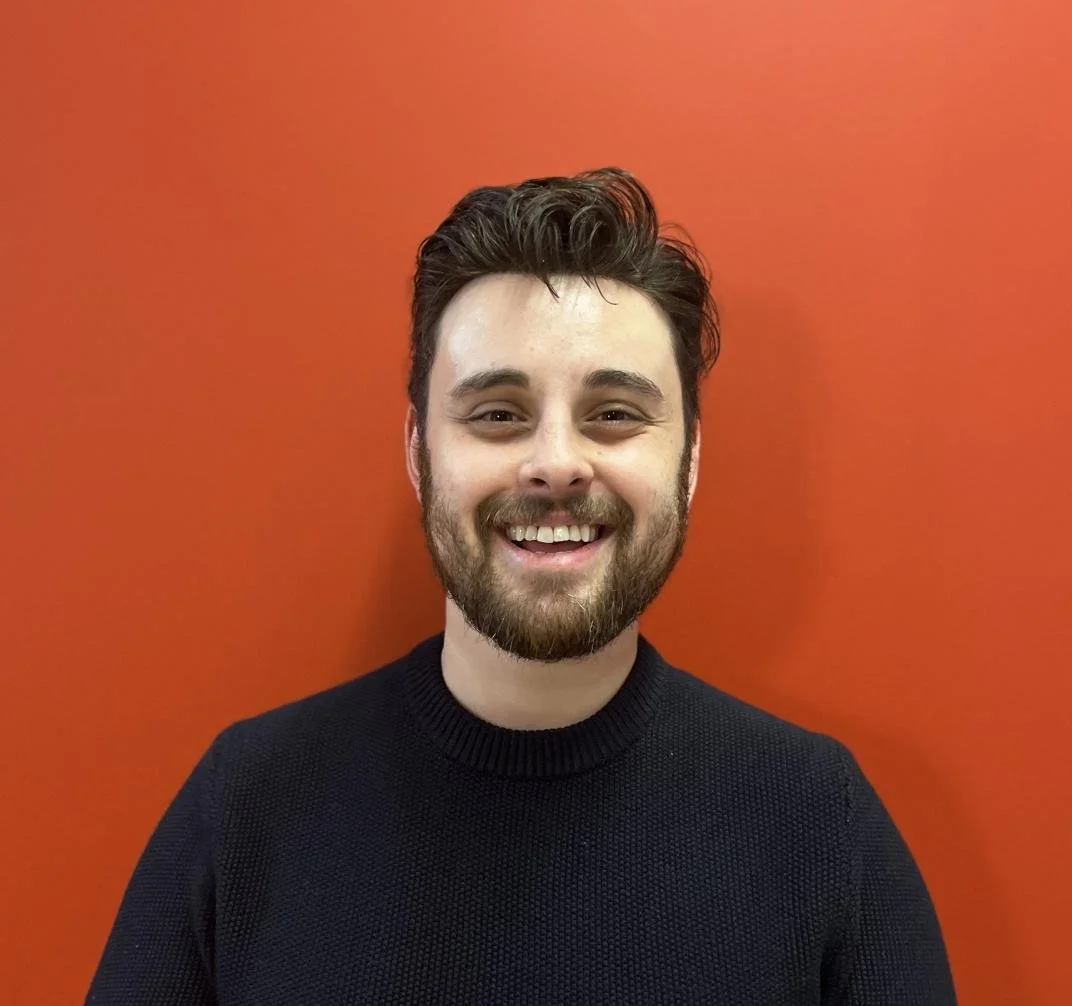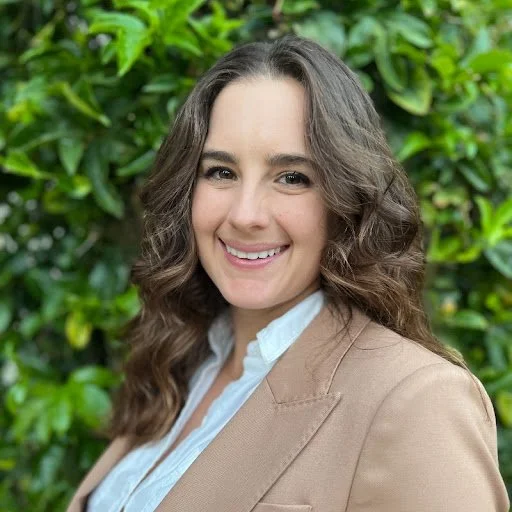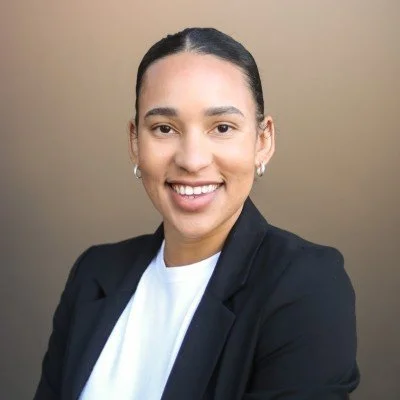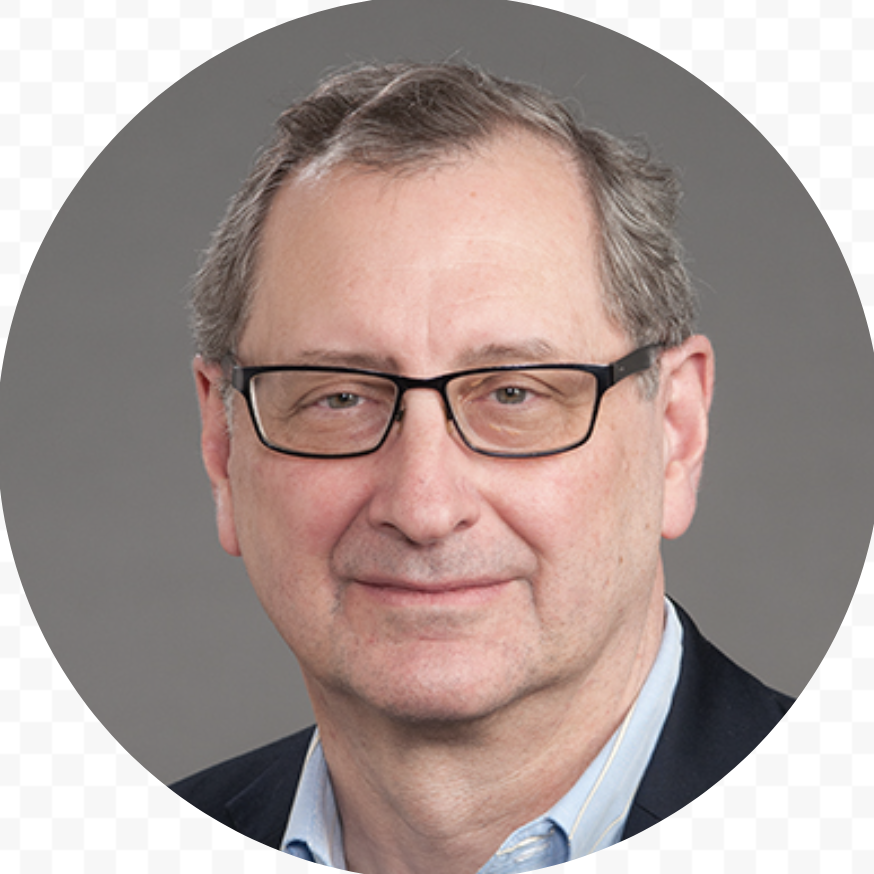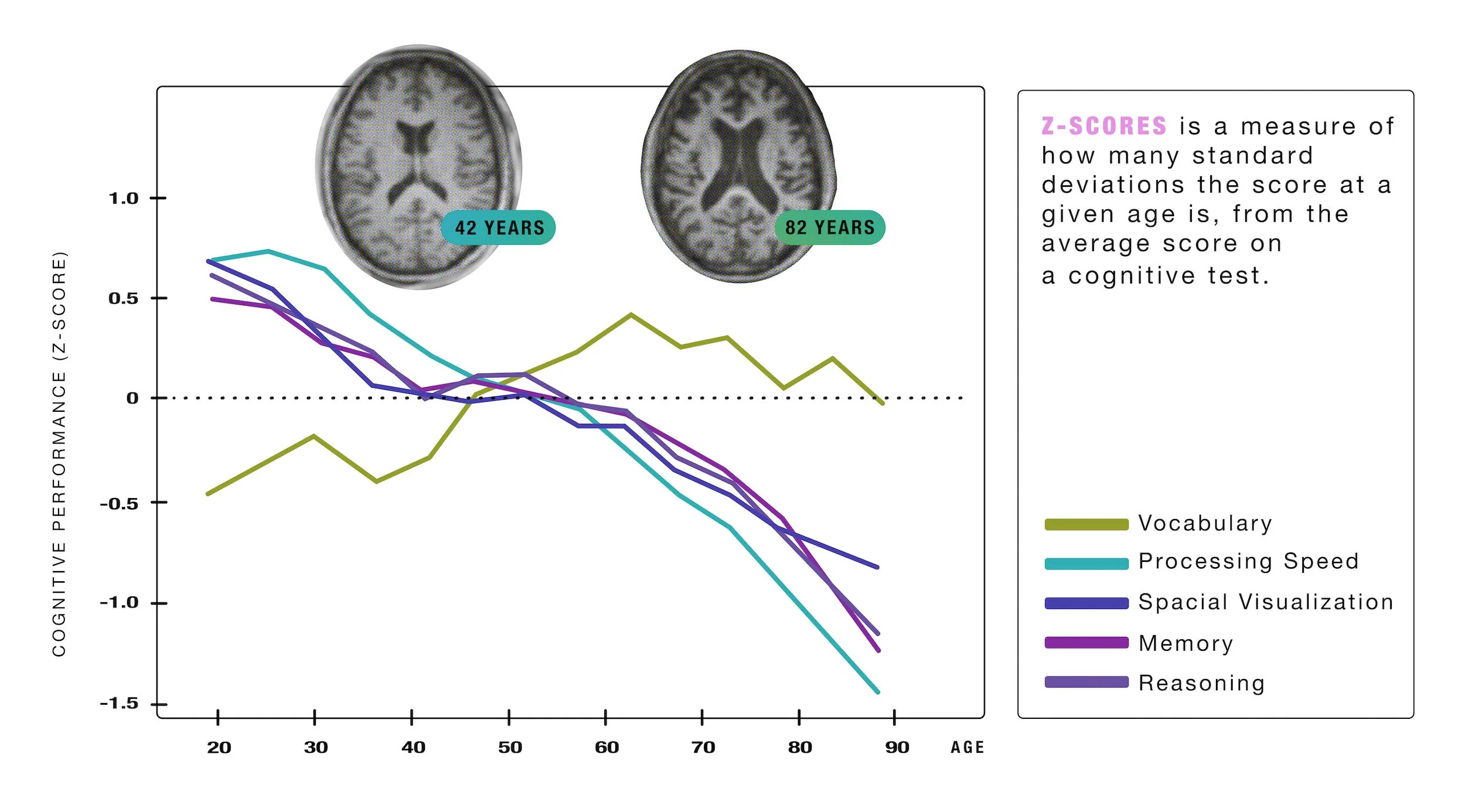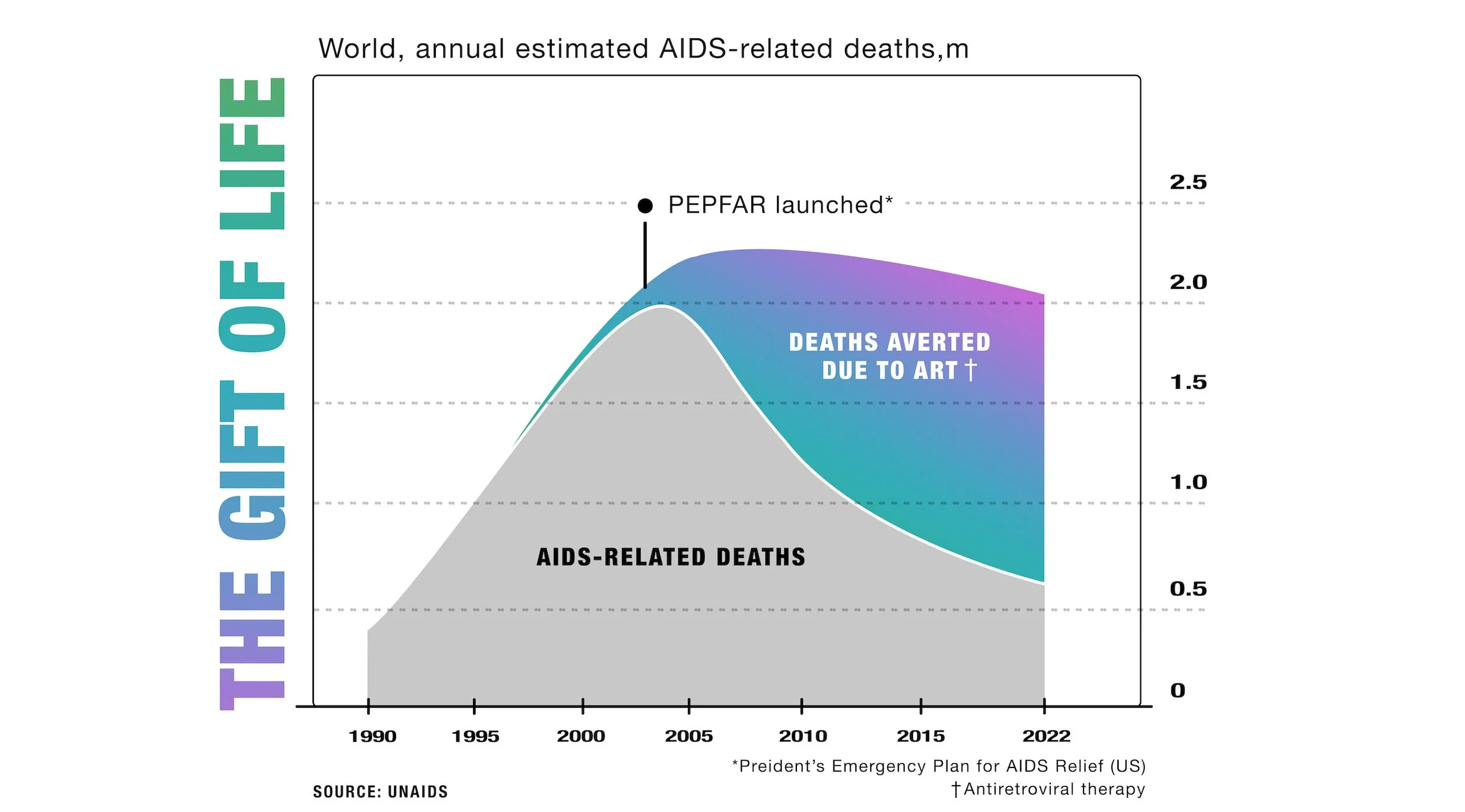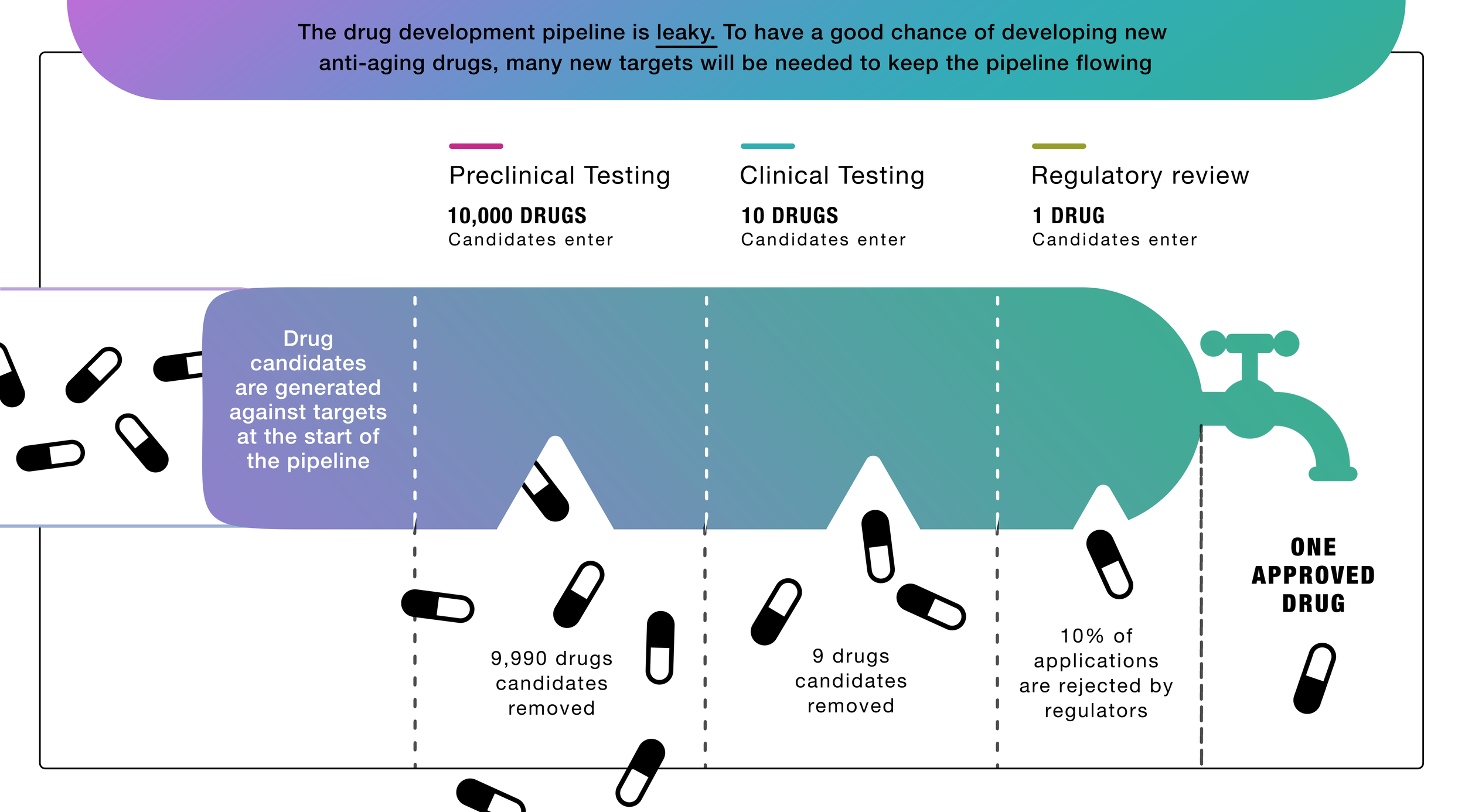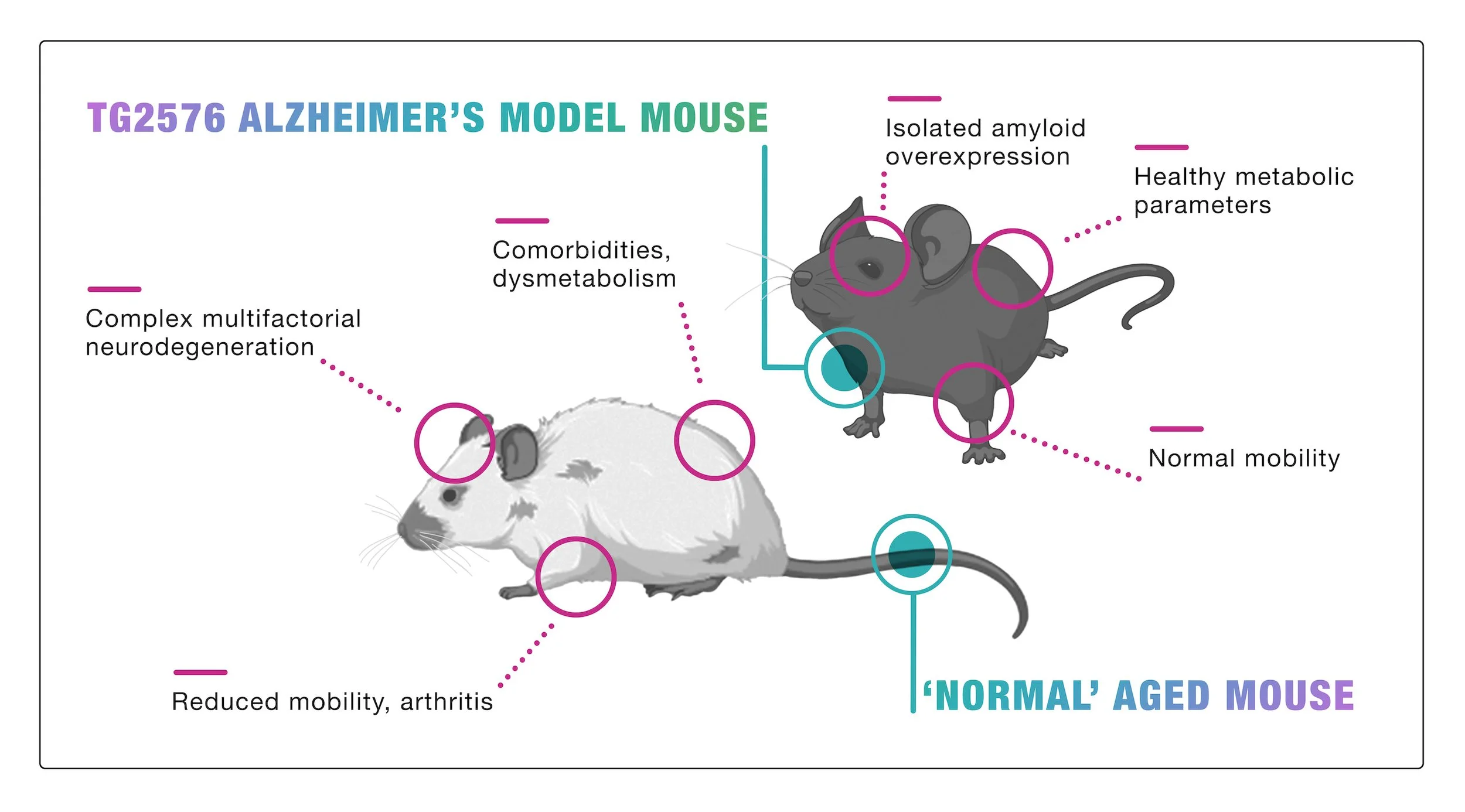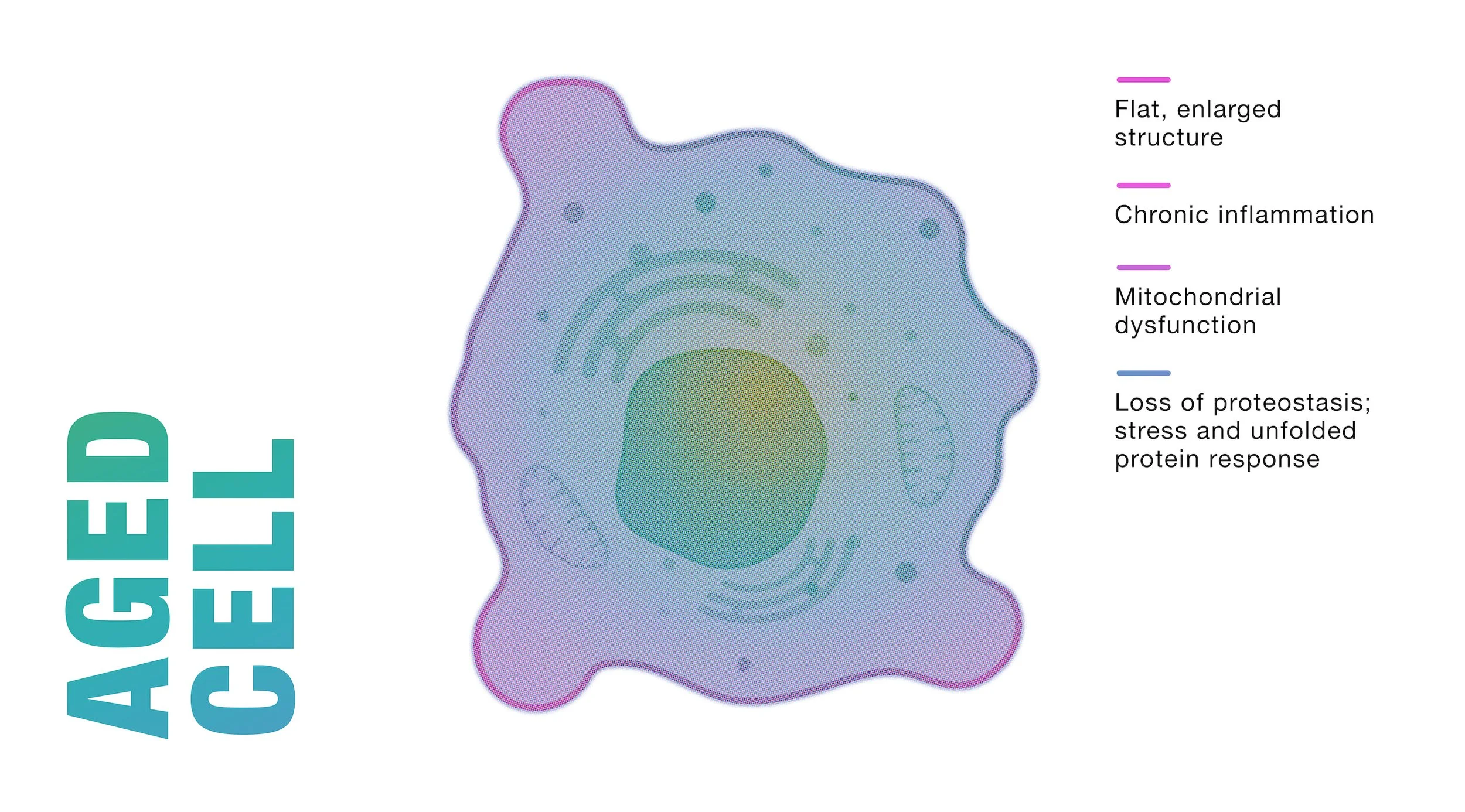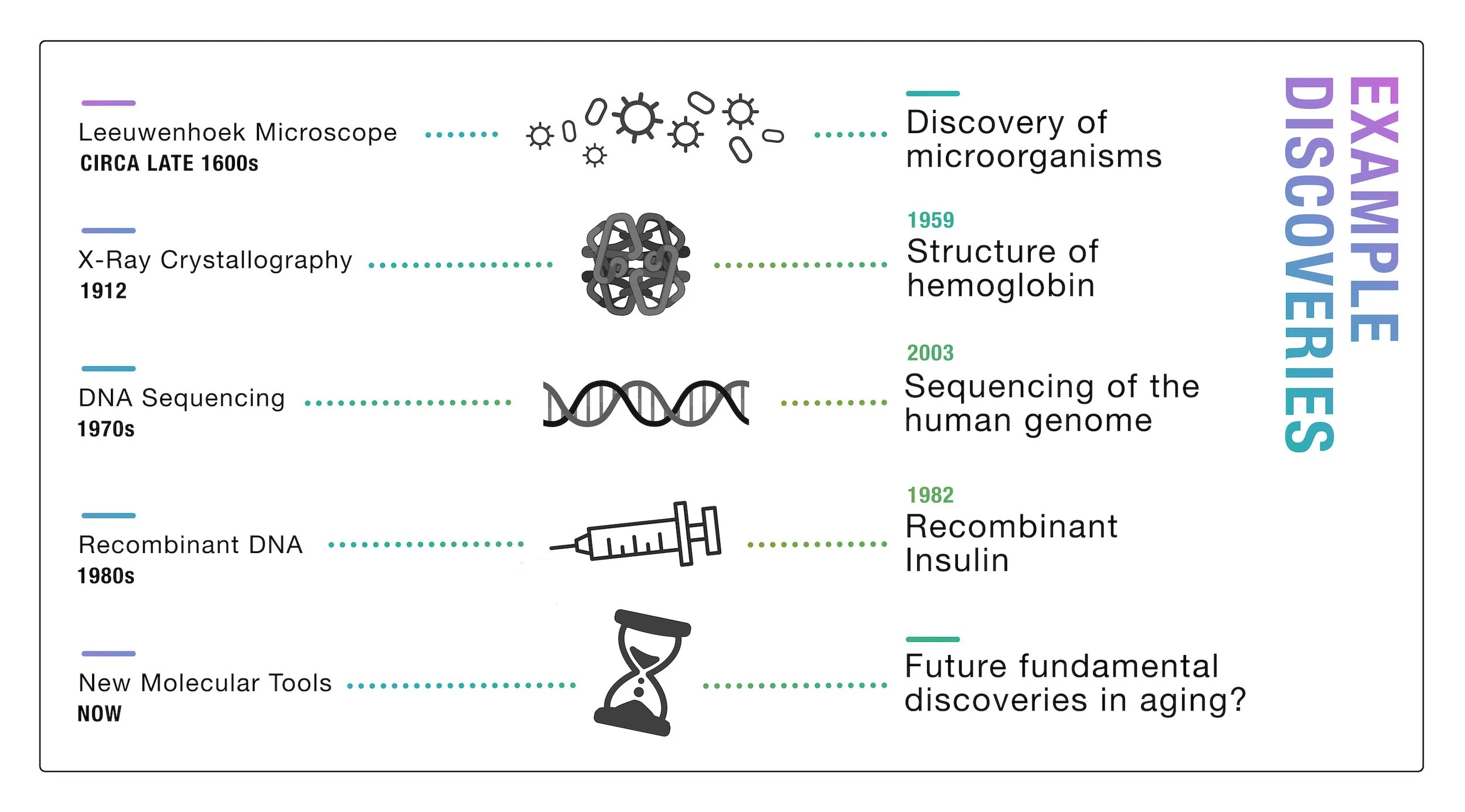Bottlenecks
of Aging
by the Amaranth Foundation
Table of Contents
Executive Summary
Team
Priority #1: Accelerating the path to market for aging drugs
Priority #2: Understanding the aging brain
Priority #3: Replacing damaged tissues and organs
Priority #4: Activating talent
Priority #5: Advancing biopreservation technology
Priority #6: Additional therapeutic targets to extend lifespan
Priority #7: Increase in aged models to study longevity and disease
Priority #8: Characterizing age-related damage accumulation
Priority #9: Deciphering mechanisms of germline immortality
Priority #10: Applying new tools towards fundamental problems in aging
Priority #11: Forging new narratives for aging
Priority #12: Economic data collection and analysis
Executive Summary
By 2029, the United States will spend $3 trillion dollars every year — half its federal budget — on adults aged 65 and older. By the same year, nearly 20 million Americans will die from age-related illnesses. Yet research on the biology of aging remains overlooked. Despite a 70-fold increase in funding for aging research since the last decade, the incentives of governments and for-profit investment do not always lend themselves to early bets on ambitious science or field-building. Amaranth is committed to filling this gap by funding moonshot approaches to longevity while expanding the field’s talent pool.
In 2022, the Amaranth Advisory Board — a group of leading experts in longevity and neuroscience — convened to address the bottlenecks hindering progress in extending healthy human lifespan. During the meeting, the group enumerated focus areas that require philanthropic investment. Over the last two years (2021-2023), we’ve directed over $30M of funding to scientific labs, policy-makers, educational initiatives, and prize funding to further the most promising research in these overlooked areas.
Below, we outline initiatives which, if executed, could meaningfully accelerate the advancement of aging science and other life-extending technologies. The resulting document is a philanthropic menu, for which Amaranth is seeking both talent to execute on and co-funders. If you are a founder, researcher, or philanthropist interested in executing or co-sponsoring one or several of the projects or proposals below, please reach out to us here, or submit a research proposal here.
Advisory Board
-
Martin is the CSO of Gordian Biotechnology, which develops pooled in vivo therapeutic screening to find effective therapies against underserved diseases of aging. He is also the president of the Norn Group, a non-profit supporting projects to accelerate aging research, including Impetus Grants and the Longevity Apprenticeship.
Prior to his current role, Martin was a K99 Fellow in the Jasper Lab at the Buck Institute, where he conducted research on a range of cellular mechanisms involved in aging, such as mitochondrial function, NAD metabolism, DNA damage signaling, and stress responses. Martin received his PhD in Biogerontology from the National Institute of Aging and University of Copenhagen in Vilhelm Bohr’s lab.
-
Aaron is the CEO of Revel Pharmaceuticals, which develops repair based therapies for aging and disease. He co-founded Revel in 2019 to focus on clearing the excess accumulation of toxic proteins and metabolites implicated in aging.
Before Revel, Aaron worked at Google X and consulted for various biotech companies. Aaron has over eight years of experience in Revel’s platform technologies of enzyme discovery and engineering, and received his PhD in Bioengineering from Stanford University advised by Dr. Christina Smolke. Aaron holds a bachelors of mathematics from the University of Rochester.
-
Alex joined Laura Deming to build the next evolution of the Longevity Fund, called age1, as General Partner, to invest in and catalyze ambitious founder-led longevity biotech companies.
Previously he was Chief of Staff at the Amaranth Foundation where he built out the longevity focus of the family office. Alex completed his PhD in Genetics at Stanford University in Tom Rando's lab studying the biology of aging after having worked in Boston in management consulting at Putnam Associates, a boutique life sciences consulting firm.
-
Laura is a cofounder and Venture Partner of age1 and was previously the founder and General Partner of The Longevity Fund. Her work focuses on human life extension and using biological research to reduce the effects of aging.
Laura took graduate coursework at UCSF before going to MIT to study physics, which she eventually dropped out of to become a Thiel Fellow. She’s worked in the Kenyon, Guarente, Weiss and Firestein labs on a number of topics, including aging and synthetic biology. Laura founded the Longevity Fund in 2011, the first VC firm dedicated to funding longevity companies, which raised $37M and has had 5 IPOs with portfolio companies raising over a billion dollars in follow-on funding. The Longevity Fund has backed leading longevity biotechs including Loyal, Gordian, Fauna Biotech, Spring Discovery, Arda Therapeutics, and Rubedo Life Sciences.
-
Kristen is the co-founder and CEO of BioAge, a clinical-stage biotechnology company developing a pipeline of therapies to extend healthy lifespan by targeting the molecular causes of aging.
Kristen’s scientific background is in aging biology and bioinformatics. She received her PhD in Medical Biophysics from the University of Toronto, followed by postdoctoral training at Stanford University, where she was a fellow of the Ellison Medical Foundation & American Federation for Aging Research. She is an advisor to multiple biotechnology companies. In 2023, Fierce Pharma named Kristen as one of the most influential people in biopharma.
-
Adam is the CEO of Convergent Research, launching Focused Research Organizations (FROs), such as E11 bio and Cultivarium. He also serves on the boards of several non-profits pursuing new methods of funding and organizing scientific research including Norn Group, New Science, and Amaranth.
Previously, he was a Schmidt Futures Innovation Fellow, a consultant for the Astera Institute, a Fellow with the Federation of American Scientists (FAS), a research scientist at Google DeepMind, Chief Strategy Officer of the brain-computer interface company Kernel, a research scientist at MIT, a PhD student in biophysics with George Church and colleagues at Harvard, and a theoretical physics student at Yale. He also previously helped to start companies like BioBright, and advised foundations such as the Open Philanthropy Project. His work has been recognized with a Technology Review 35 Innovators Under 35 Award (2018), a Fannie and John Hertz Foundation Fellowship (2010) and a Goldwater Scholarship (2008).
Core Team
-
James is an early Ethereum investor and founded Amaranth to accelerate research in longevity.
He assembled Amaranth’s scientific advisory board, a group of young leaders in longevity biotech, to source and evaluate ambitious research covering the aggregome, centenarian genetics, cryopreservation, germline rejuvenation and brain aging. He has backed the Norn Group, Impetus Grants, the SuperAgers Family Initiative, the Time Initiative Undergraduate Fellows Program, the MBL Aging Course, as well as labs from Harvard, MIT, and Stanford.
-
Joanne is currently at Princeton and the Boyden Lab at MIT, where she works on tools for brain aging including spatial proteomics and whole brain modeling. Previously, she was a Thiel Fellow, where she worked on mitochondrial dynamics at the Biomedical Institute at MaRS, COVID testing at Curative, and cancer research at the Buck Institute.
Joanne has been supported by the Thiel Fellowship, Interact Fellowship, Day One Project, the Institute for Progress, the Davis UWC Foundation, and VitaDAO.
-
Rohan is currently a PhD student in Biotechnology (Molecular Neuroscience) at the University of Cambridge where he develops brain organoid models to study neurodegenerative diseases. He is co-advised by Prof. Gabriele Kaminski Schierle and Dr Madeline Lancaster.
Rohan has an extensive scientific background in genetic engineering and neuroscience, having previously worked at MIT in the Abudayyeh-Gootenberg Lab, the University of Oxford and University College London (UCL). At Amaranth, Rohan focuses on brain aging.
-
Courtney joined Jennifer Garrison’s lab at the Buck Institute as a postdoctoral research fellow in 2022 to understand how the brain regulates feeding behaviors on different timescales. Courtney received her bachelor's degree in biopsychology from UC Santa Barbara in 2015 and her PhD from USC in 2022.
At Amaranth, Courtney leads the undergraduate fellows program in association with AFAR, called the Time Initiative. Through this initiative, she catalyzes students' interest in aging biology, fosters community, and connects them to the resources they need to make a meaningful difference in the field.
-
Raiany spends most of her time thinking about how converging technologies will transform governments and human nature in the coming decades.
She's particularly interested in why secular humans like to narrate aging as a net-positive, teleological phenomenon — and in the negative effects of this narrative on economies and people. Her work has appeared in outlets like The Washington Post, The Boston Globe, Forbes, and ABC. Raiany is currently working on a book aimed at shifting the ethics, policy and philosophy of life extension.
-
Kat is a PhD student at MIT in Sinisa Hrvatin’s Lab studying the biology of cold tolerance, where she is a P.D. Soros Fellow and Nancy Garvey Fellow. Prior to MIT, Kat studied retinal development in Connie Cepko’s Lab at Harvard Medical School, built computational tools for researchers as an undergrad at Cornell, and interned with the R&D team at Loyal.
She is passionate about building talent and community networks for the longevity field with age1 and DNA Deviants. She has also worked with Pillar VC and Day One Ventures.
-
Bri is a Molecular and Cellular Biology PhD candidate at ASU in Noah Snyder-Mackler’s Lab where she works on understanding how the environment modifies DNAm dynamics in the immune system of companion dogs during aging.
Bri has expertise in the biology of aging, bioinformatics, and immunology. Prior to ASU, she conducted research on muscle aging at the National Institute on Aging, and the epigenetics of aging at Harvard Medical School. She has also worked with Pillar VC, Apollo Health Ventures, and Portal Innovations.
-
Alex is passionate about finding ways to overcome biomedical stagnation and increase the efficiency of drug development - especially for technologies or conditions without established regulatory or commercial pathways, like aging. He is the founder of Convoke, a software start-up developing a suite of automation and data tools to help biotech and pharmaceutical companies make better development and commercialization decisions, faster. In addition to his day job, Alex writes about biotech online and is a Roots of Progress Fellow.
Prior to founding Convoke, Alex was an Associate Principal in the life sciences practice at Charles River Associates, where he advised clients on commercialization and development strategy across a variety of therapy areas, including age-related diseases like Alzheimer's and cancer. Alex holds a bachelors in biochemistry from the University of Bristol and a Masters in synthetic biology from UCL.
Enabling biotech
Priority #1
Accelerating the path to market for aging drugs
It could take decades to demonstrate the lifespan-extending benefits of even highly effective longevity drugs in clinical trials. New surrogate measures of aging are needed to reduce clinical development timelines and make drug development in the aging space economically viable.
Even if a biotech company discovered an effective lifespan-extending drug today, it’s unlikely they could develop it economically under the current regulatory framework. Since death is a rare event in people without serious disease, it could take decades to conduct drug trials capable of demonstrating a statistically significant benefit on mortality. Such trials would necessarily be large and expensive, with no guarantee of a return on investment: depending on the age of the participants at enrollment, the drug’s patent may even expire before the end of the trial.
Hard functional endpoints and surrogate measures of aging could solve this bottleneck. Regulators typically want to see a drug demonstrate a benefit on how a patient “feels, functions, or survives” prior to approval. One approach is to develop surrogate endpoints. While not direct measures of function, they are intended to offer a quick method of predicting decline – like how high blood pressure predicts cardiovascular disease. Another, less common approach is to create a battery of physical and cognitive tests that directly measure function. Developing and validating new endpoints of aging, such as molecular biomarker clocks and frailty indexes, will be a critical step towards building a viable path for biotech companies to develop aging drugs in years, rather than decades.
Active Projects
Lead: Stephen Kritchevsky
Project: Geroscience outcomes consensus project
Description: Exploring expert opinion to find consensus about appropriate non-molecular measures as outcomes for clinical trials targeting aging
Funding: $250k 2022-2023
Lead: American Federation for Aging Research (AFAR)
Project: Policy and advocacy in the government
Description: Increasing funding for aging research across institutes by making the case for aging research to the executive and legislative branches
Funding: $250k 2022-2023 | Actively looking for future funding
Recommendations for Proposals and Funders
Statistical paper(s) to quantify the difficulty of a lifespan-extending study based on trial size and theoretical drug efficacy. Simulations of trials with survival as a primary endpoint under various parameters of drug efficacy (mortality risk reduction), population under study, and trial size would help the field and policymakers evaluate trade-offs in study design and population.
Clinical trials that bridge aging and other diseases to reduce accelerated aging phenotypes. For example, childhood cancer survivors age more rapidly.
Expanding the TAME trial, one of the first proposed human clinical trials for an aging drug, to include exercise and combinatorial drug interventions.
Figure 1 — To illustrate the difficulty of demonstrating a benefit on mortality, results of a simulated aging drug trial which enrolls 3,000 40 year old women are shown here. A drug that reduces the relative risk of death by 20% would take about 30 years to establish a statistically significant effect.
Fundamental science
Priority #2
Understanding the aging brain
Cognitive function declines with age, even in the absence of overt disease. A better understanding of how ‘healthy’ brains age could uncover new ways of arresting, or even reversing, age-related cognitive decline.
Past the age of thirty, our brains begin to shrink at a rate of around 5% a decade. Neurons, other cells, and synapses are either lost or become dysfunctional. Neurotoxic protein plaques, such as amyloid-beta and neurofibrillary tangles, accumulate in and between neurons. Processing speed, memory, and reasoning capabilities steadily decline.
Cells in aged brains show many of the same impairments common to other aged tissues: mitochondrial dysfunction, calcium dysregulation, defective proteostasis, and inflammation among them. While a distinction is often made between ‘healthy’ brain aging and age-related neurodegenerative diseases, the boundary between normal and abnormal neurodegeneration is blurred: it has been suggested that if we lived long enough, many of us would eventually develop dementia.
Most current brain aging research focuses on accelerated late-stage forms of brain aging like Alzheimer’s and Parkinson’s. However, billions of dollars spent on clinical trials for these conditions have mostly failed to deliver treatments that meaningfully slow cognitive decline. By focusing on specific, severe manifestations of a broader pattern of age-related decline we have likely missed insights that would allow us to remediate the root cause: aging itself. Our white paper and workshop — led by internal Amaranth lead Rohan Krajeski — outlines a way to understand and target brain aging directly.
Research We’ve Funded
Comprehensive multi-modal analysis of aging and and aging reversal (Harvard, MIT, Scripps)
The pathogenic role of disrupted glutathione homeostasis in Alzheimer’s Disease (Augusta)
In vivo CRISPR screens to identify neuronal genetic vulnerabilities and protective genes in aging and related neurodegeneration (ETH Zurich)
Cellular rejuvenation landscape in aging neurons (MIT)
Novel ultrasound technology (Convergent Research)
Aging brain proteomics (Yale)
Recommendations for Proposals and Funders
For a full scientific breakdown of moonshots in this field, see this white paper.
Generating pure and highly specific populations of hard-to-make brain cell types and tissues (e.g. microglia, astrocytes, specific neuronal subtypes).
Characterizing survival, integration, and function of exogenously transplanted cells in vivo.
Fund overlooked model systems for nerve injuries such as whole-eye transplantation and full transection of nerves, such as in spinal cord injury.
Studying and translating special regenerative capabilities in central nervous systems of exotic species to mammals. This includes replication studies of past papers and the discovery of new mechanisms. Remarkably, some of these animals can regenerate parts of their brain (e.g. songbirds, killifish, axolotls, lamprey, planaria).
Increasing therapeutic tools to treat and remodel the extracellular matrix in the brain [see Priority 8]. For example, ex-vivo studies of transplanted young neurons onto stiff extracellular matrices result in the rapid aging of transplanted cells.
Study possible cerebrospinal fluid biomarkers associated with brain and spinal cord aging. Outside of non-invasive imaging techniques, blood-based biomarkers are often used, however some proteins may present at lower levels in the blood than in the CSF, which may make it tricky to monitor gradual changes in cognitive health.
Increase access to non-human primate brain samples, especially for aged brains [see Priority 7]. These can be valuable resources for studying overall brain aging.
Figure 2 — Degeneration of the structure of the brain with age is associated with broad-based declines in cognitive function, even in the absence of overt disease.
Tools and techniques
Priority #3
Replacing damaged tissues and organs
Invest in therapies that directly replace aging tissues and organs with healthier ones.
Moonshot approaches like controlled reprogramming may fail or result in very limited gains. To fully map out the biology of aging, we may need several decades. Yet even if aging cannot be holistically understood in the near term, aging body parts can be replaced — as shown by the replacement of cells, organs, blood, and tissues since the 1950’s.
The organs and tissues of the body accumulate thousands of types of molecular damage as they age: cells fill with lipofuscin, arteries clog with plaque, and healthy tissue becomes fibrotic and stiff. Such extensive damage presents a challenge for biomedicine. Modern medicines are precise molecular scalpels: each drug is designed to hit one, or a small number, of molecular targets. Today’s drugs are often ill-suited to repair the widespread, complex patterns of damage seen in aging.
Personalized cocktails made up of tens or hundreds of individual drug molecules are one potential solution to this problem. But there may be a better way: directly replacing damaged organs and tissues with healthy ones. Transplantation of organs, tissues (e.g. cartilage), and cells from human donors is a time-tested method. However, there are also many risks associated with transplants. Immunosuppressants required to prevent rejection of foreign tissues are toxic, and lead to deaths from opportunistic infections and cancer. Waiting lists for donors are years long, and many would-be recipients die waiting. We need more organs and tissues, and better ways of keeping them healthy post-transplant.
We could benefit from a shift in perspective towards seeing organ, tissue, and cell replacement as a new category of therapeutics: an extension of the ongoing trend towards larger and more sophisticated medicines. (Think small molecules in the early 1900s, biologics in the 80s, and cell and gene therapy in the 2010s). We want to support bold scientific ideas with the potential to realize this vision: scalable organ manufacturing, xenotransplantation, replacement tissues for intricate structures like the brain, and tissues or organs from patient-derived cells. Revitalizing the stagnant science of transplantation with new congresses, and offering support for promising scientists, will be critical steps towards accessible, safe, scaleable, and standardized replacement therapies.
Research We’ve Funded
Replacing an old blood and immune system with a young one (Stanford)
Recommendations for Proposals and Funders
Generating transplantation-ready organs inside animals. Current research shows that it is possible to generate non-host organs inside a chimeric host. This could provide a potential pathway for the generation of organs with minimal immune suppression required post-transplantation.
More shots on goal for xenotransplantation and cryopreservation of organs.
Alternative methods to immunosuppression such as antibody treatment and growing patient-specific hematopoietic stem cells for bone marrow transplantation (e.g. via synthetic embryos, stem cell differentiation, bioprinting).
Validating brain tissue and cell replacement as the next phase of therapies from small molecules to proteins and cells [see Priority 2].
Whole-eye transplantation as a clinical replacement approach within the Overton window to study axon regeneration from transections [see Priority 2].
Figure 3 — Reversing age-related tissue and organ damage will require complex, multifactorial interventions that will take decades to perfect. Direct replacement of damaged organs and tissues is another path to rejuvenation that is tractable in the short-term.
Field building
Priority #4
Activating talent
Progress in the longevity field is bottlenecked by a scarcity of talent. Investing in the development of the longevity talent pipeline will provide the field with an increased supply of talent to execute on its ambitions.
The longevity field is experiencing exponential growth, with a 70-fold increase in funding since the last decade, and growing interest from established pharmaceutical companies. Yet the pipeline to funnel talented people into aging research remains underdeveloped. People with the potential to do impactful work in aging are often directed elsewhere. Consequently, the talent pool available to labs and longevity biotech companies is small relative to the need.
Bringing new attention, advocacy, and resources to neglected fields can be a powerful driver of progress. Consider the Cystic Fibrosis Foundation (CFF). In 1955, when the foundation was established, the life expectancy of a child born with cystic fibrosis was about 2 years. A child born with the same condition today can expect to live nearly as long as his or her peers without it. This achievement is to a large extent attributable to the support the CFF gave to researchers and biotech companies in their search for new treatments. What the CFF did for cystic fibrosis, we want to see done for aging. Increasing the recruitment and retention of new talent into aging research is a prerequisite to executing on all promising research directions. To achieve this, graduate student pipeline issues need to be resolved; new PIs need to be motivated to take on innovative age-related research projects; and the pool of operators for new longevity biotech companies needs to be expanded.
Active Projects
Lead: Courtney Hudson-Paz, PhD
Project: Time Initiative (in partnership with AFAR)
Description: Recruiting talented undergraduates for a longevity research fellowship and building a new community.
Funding: $250k 2022-2023 | Actively looking for future funding
Leads: Jennifer Garrison, PhD and Will Mair, PhD
Project: Biology of Aging Course at the MBL
Description: Engaging and teaching graduate students the fundamentals of aging science
Funding: $400k 2022-2023 | Actively looking for future funding
Recommendations for Proposals and Funders
Increase the number of ARPA-H proposals for longevity. The overall number of longevity proposals submitted for review could be increased, for example, if a full-time grant writer were funded to serve all labs interested in studying aging.
Recruit talent from outside of the United States into the longevity space. The Norn Group has created such an initiative, and they are actively looking for collaborators, applicants, and donors.
Figure 4 — Aging is under-researched relative to its importance on health and disease: around five times as many papers are published on cancer per year as compared to aging, even though aging is causally upstream of cancer.
Tools and techniques
Priority #5
Advancing biopreservation technology
Countless patients will die if the current rate of progress in longevity research continues. Advancing the technologies of cryonics, vitrification, hibernation, perfusion, and torpor may be the only option for older adults and terminally ill patients.
Since the mid 1800s, advances in nutrition and medicine have increased life expectancy at a rate of about 3 months every year. Yet despite this progress and decades of work on longevity, maximum lifespan has proven stubbornly difficult to shift – even though there’s no good evidence to suggest a fixed upper limit exists. With the current pace of progress in longevity research, countless patients will die from age-related illnesses in the coming decade – in particular older adults and those who are terminally ill. To protect our most vulnerable populations and offer them the chance to catch up to advancements in medicine, we may need a plan B: biopreservation.
Biopreservation may seem like the stuff of science fiction. Yet biopreservation is not just full-body cryonics and stasis chambers for interstellar voyages. Work has already started on tools and techniques with near-term applications: DARPA funded research into wound stasis technologies for injured soldiers, therapeutic hypothermia to improve outcomes post-resuscitation, warm-perfusion methods to keep donor organs viable outside the body. There is even an NSF-funded center for the preservation of biological systems. These are important stepping stones. Eventually, cryogenics, and other preservation technologies, could allow people and organs to be preserved until medical science has caught up, allowing them to live longer than they ever could in their original time period of birth – especially for those with as yet untreatable, terminal diseases.
Today, biopreservation technologies remain underfunded, understudied, and understaffed. The few existing for-profit efforts have not yet solved the scientific problem of freeze-thaw without ice crystal damage; while nonprofits have so far proven unable to catalyze needed advancements in this area of science. The field as a whole continues to mostly exist outside the purview of traditional science, with a few nascent government, academic, and venture capital funds devoted to cryonics, vitrification, hibernation, perfusion, or torpor. To realize this vision, the field will need significant investment to develop talent, build credibility, and spin up new collaborations between researchers and institutions.
Research We’ve Funded
Pilot study on helium-assisted vitrification of porcine kidneys (Independent)
Recommendations for Proposals and Funders
Increase funding for development of non-model organisms that have complex biopreservation abilities (e.g. ground squirrels).
Large-scale screens for novel cryoprotective agents and proteins.
Increasing the number of assays that can be conducted at low (-80°C) temperatures to differentiate between damage from freezing and damage from rewarming.
Method validation of currently existing assays.
More shots on goal for whole-organism cryopreservation of small animals.
Database that lists all cryoprotectants and their effects on different cell types along with multimodal data (scRNA-seq, microscopy images).
Fundable opportunities for scientists highlighted in this paper, deep freezing entire organs and bringing it back to life.
Figure 5 —The time period in which you were born affects how long you can expect to live. Advances in therapeutics have led to marked increases in life expectancy for patients with certain previously terminal diseases, like AIDS or cystic fibrosis. Advances in biopreservation techniques could allow many more people who are facing death to benefit from future treatment advances.
Enabling biotech
Priority #6
Additional therapeutic targets to extend lifespan
Drug development is rate-limited by the availability of new drug targets. Longevity research is no exception. Identifying new aging targets is a key step towards discovering the next generation of lifespan-extending drugs.
Drugs such as metformin and rapamycin appear to only modestly increase the human health-span and lifespan. We will need new drugs with additional, complementary mechanisms of action if we hope to meaningfully extend our lives. By identifying new ways of intervening in the aging process (e.g., new drug targets), we can enable the biotech industry to bring its considerable target-based discovery machinery to bear on finding the next generation of therapies which intervene holistically in human aging.
The aging field has only built consensus around a small number of targets, most of which were discovered from work in yeast, worm, or rodent model organisms in relatively low throughput experiments. More recent high-throughput screens have not found many robust targets and have been time-consuming and expensive. We hope to build on and surpass previous target-finding efforts by substantially expanding the search space for new drug targets which intervene in the aging process. New high-throughput screening methods, large-scale drug screens in mice, and sequencing centenarians to identify rare genomic variants associated with long life are promising target-finding initiatives which could ensure the drug development pipeline for aging remains full.
Active Projects
Lead: American Federation for Aging Research (AFAR)
Project: SuperAgers Initiative
Description: Expanding the Centenarians project. Pipeline drug targets with human genetic evidence are twice as likely to achieve FDA approval.
Funding: $2.5M 2021-2024 | Actively looking for funding
Recommendations for Proposals and Funders
Large-scale aging screens in rodent models to test a large number of genetic, protein, or small molecule interventions to extend lifespan. This development would accelerate our understanding of mammalian aging and our knowledge of promising interventions.
Novel target discovery in different species with exceptional life spans or superpowers (like the bowhead whale’s ability to live for centuries in good health).
Being able to capitalize on the large number of ongoing trials for the diseases of aging—as opposed to focusing on rare healthspan trials—is a critical factor in the speed of progress in the aging field. To accelerate the discovery of appropriate drug targets, longevity biomarkers can be validated, for example, by pairing with clinical trials of other diseases that present accelerated aging phenotypes such as childhood cancer, Alzheimer’s, diabetes, and more [see Priority 1].
Figure 6 — In the industrialized drug discovery process, targets feed in at the left of the funnel for new discovery programs. Identifying promising targets is a rate-limiting step for developing new aging drugs.
Enabling biotech
Priority #7
Increase in aged models to study longevity and disease
Make aged animals and human tissues accessible and affordable to researchers.
Animal or tissue models are required to test potential aging drugs and interventions. However, common models of age-associated diseases like the tg2576 mouse model of Alzheimer’s, and other physiological aging models only recapitulate a fraction of these conditions’ complex biology. Oversimplified disease models fail to reliably predict outcomes in the real disease, and contribute to high clinical trial failure rates of drugs for diseases like Alzheimer’s. Though it would often be preferable to use naturally aged animal models to study aging and associated diseases, these models are resource- and time-intensive to produce or procure, and hence, their availability is limited.
The combination of low availability; limited allocation per investigator; lack of genetically diverse lines; and high costs of aged animal models creates a significant bottleneck in the longevity field. This, in turn, limits the rate at which potential drugs and interventions can be tested and leads researchers and biotech companies to turn on simpler, unnatural, and unreliable models. Investing in a new Contract Research Organizations (CROs) to produce genetically diverse aged animals and exotic animal models, while expanding monkey facilities and lobbying for continued animal research would expand the availability of aged animal models for research.
Recommendations for Proposals and Funders
Supporting partnerships with biobanks like the UK Biobank to collect tissue and samples relevant to aging researchers to validate biomarkers around the world.
Aged animal CRO. A contract research organization to produce genetically diverse aged research animals at an affordable cost is necessary for researchers (e.g. rodents, monkeys).
Increasing funding for the development of non-model organisms in aging research (e.g. killifish, songbirds).
Biobanking long-lived organisms for researchers to access such as aged tissues from naturally-dying or legally-fished giant tortoises, red sea urchins, immortal jellyfish, olms, naked mole rats, ocean clams, bowhead whales, greenlandic sharks, lobsters, and tuataras.
Establishing partnerships with non-human primate facilities on behalf of aging scientists to quickly onboard new researchers in search of certain tissues and animals.
Figure 7 — Animal models of age-associated diseases — like the tg2576 mouse model which overexpresses the amyloid protein that builds up in Alzheimer’s disease — often only recapitulate a subset of the complex phenotypes seen in aged individuals, and are therefore unreliable predictors of efficacy in humans.
Fundamental Science
Priority #8
Characterizing age-related damage accumulation
We don't know enough about the damage our bodies accumulate with age. If we hope to reverse age-associated damage, we need a better understanding of its molecular underpinnings.
The composition of aged tissues is different from that of young tissues. To date, we have only partly characterized the damage that occurs with aging. Known age-related changes include accumulation of damaged, nonfunctional biomolecules in the extracellular and intracellular spaces (e.g. amyloid plaques, lipofuscin), and chemical alterations to long-lived, functional biomolecules (e.g. stiffening and crosslinking of collagens and histones; damage to DNA). These microscopic forms of damage likely lead to the macroscopic changes and functional impairments seen in aged tissues.
To fix age-associated damage, we may need to first understand it. Yet even among known forms of damage, a detailed molecular understanding is often lacking. One promising direction is to fund research to better characterize established types of age-related damage and discover new forms of damage. Another is to kickstart initiatives with the goal of finding ways to therapeutically intervene to remove and repair age-related damage.
Research We’ve Funded
Direct exploration of the effects of protein glycation in age-related disease (Tufts)
Elucidating the full structure of glucuronidine/LW1 (Case Western)
Recommendations for Proposals and Funders
Discovering new types of overlooked damage. Examples of potential targets include new protein aggregates, matrix crosslinks, and lipo-oxidation products.
Developing new assays for known types of damage.
Testing the hypothesis that intracellular changes (e.g. ER stress) can lead to tissue and organism-wide improvements.
Increasing therapeutic tools to treat and remodel the extracellular matrix in tissues outside the brain. The extracellular matrix is proposed to be involved in many hallmarks of aging, as well as with the progression of cancer.
Generating standardized lipofuscin, which has been linked to cellular dysfunction and death, cellular senescence, and DNA, lipid, and protein damage.
Figure 8 — Some forms of damage have been characterized, but we expect that many more are unknown. We have limited means to reverse the forms of damage we are aware of.
Fundamental Science
Priority #9
Deciphering mechanisms of germline immortality
Our germ cells - sperm and egg cells - are continuations of a lineage billions of years old. A better understanding of how these cells resist the aging process could be the key to unlocking true rejuvenation.
We don’t yet know how to prevent our bodies from aging. However, a subset of our cells have effectively already solved the problem of damage accumulation. Germ cells naturally reset damage and rejuvenate through the process of fertilization and development. Egg cells, for instance, can clear out toxic protein aggregates before they mature, preventing them from being passed on. This regenerative capability means germline cells have persisted for billions of years without succumbing to the damage that normally shuts down old cells. As a result, old germ cells can spawn young animals and keep biological lineages going indefinitely.
Deciphering the mechanisms of germ cell rejuvenation and how to apply them throughout the body is a promising path. Yet germline immortality remains overlooked. To unlock novel rejuvenation techniques, we must nurture and expand the scientific subfields which possess the potential to translate rejuvenation into humans, including germline rejuvenation and rejuvenation screening approaches.
Research We’ve Funded
Proteome rejuvenation in vertebrate oocytes - germline reset in Xenopus frogs (Harvard)
Recommendations for Proposals and Funders
Field building with an annual seminar to connect researchers in a small nascent field, or workshop to roadmap biggest unanswered questions regarding germline rejuvenation. Some unanswered questions include the below:
Understanding current mechanisms of germline rejuvenation (e.g. by gamete formation).
Rejuvenation vs. clonal selection (e.g. resistance to decline or active rejuvenation).
Consequences of failure to rejuvenate or clonally select (e.g. unviable oocytes, germline aging, fertility).
Funding grants for basic research to study the mechanisms of germline rejuvenation.
Screening for transcription-factor based rejuvenation, chemical reprogramming, and protein reprogramming in germline model systems.
Figure 9 — The immortal germline has persisted for billions of years, passed from one body to the next without succumbing to the age-associated damage that affects most somatic cells.
Tools and Techniques
Priority #10
Applying new tools towards fundamental problems in aging
Fundamental advances in biology often follow advances in tool development. By making sure that promising new molecular and computational tools are applied towards important research problems in aging, we can drive advances in longevity.
Historically, biology has advanced at the speed of its tools. Tools and techniques like restriction enzymes, confocal microscopy, electron microscopy, optogenetics, and CRISPR have given us a deep understanding of cellular processes, and enabled us to intervene therapeutically at the molecular scale. Increasingly, the biologist's toolkit is not just molecular, but computational too. Bioinformatics and in silico screening are by now entrenched in drug discovery. Domain specific artificial intelligence models like AlphaFold and protein language models are poised to transform how we model, understand, and drug biological systems. However, tools alone are insufficient for breakthroughs. In order to drive advances, funding and insights are needed to motivate scientists to point their promising new tools towards specific research questions.
As a rule, breakthroughs in tool development lead to breakthroughs in fundamental science. We expect this to be particularly true of geroscience. Before we are ready to untangle the complex and multifaceted web of changes that occur in aging organisms, we need better tools. We need molecular tools to more finely perturb and probe aging systems, and we need computational tools to process, model, and make sense of the information we gather.
We want to ensure that scientists are willing and able to apply new tools to further our understanding of aging holistically - beyond what has been learned from the reductionist exploration of the 'hallmarks of aging' in isolation. To achieve this, scientists must first be inspired to apply their tools to relevant research questions. Second, they must have the funding to support them through solving the kinks that occur with any new set of tools.
Learning More
Recommendations for Proposals and Funders
Open call.
Figure 10 — Advances in tools and techniques have driven progress in our ability to understand, control, and therapeutically intervene in biological systems.
Field Building
Priority #11
Forging new narratives for aging
Life-extending technologies have negative associations in literature and popular media. New narratives for life extension could improve the public’s perception of longevity research.
Narratives are powerful drivers of social change. The idea that progress is possible, even desirable, was once controversial and not widely accepted. Narratives shaped during the Enlightenment and the Industrial Revolution embedded the concept of progress in society, now taken for granted. The same narrative shift is needed for life extension.
Humanity’s quest for eternal life has attracted criticism for millenia, ever since the first recorded work of literature: The Epic of Gilgamesh. Today, life-extending technologies are still widely associated with overindulgence and greed. There is a growing appetite for content related to human longevity — yet communication with the public on the socio-economic and philosophical aspects of this new science is lacking.
We believe new stories are needed to legitimize aging research, cryopreservation, and other life-extending technologies as credible and socially desirable pursuits. To achieve this, speakers and writers from the aging field will need support to break into separate, more established fields, beyond the aging community.
New stories — told through events, movies, books, documentaries, artwork, opinion pieces, and university courses — are necessary to challenge the centuries-old tales which confer negative associations to life extension.
Active Projects
Leads: Emmy-Winning Documentarians
Project: Unnamed Documentary
Description: Developing a world-class documentary to broaden the public’s knowledge of the longevity field
Funding: Partially funded | Actively looking for funders
Leads: BAFTA-Winning Filmmakers
Project: Unnamed Series
Description: Moonshot science series with scientists ranging from cryobiology to germline rejuvenation
Funding: Partially funded | Actively looking for funders and scientists
Recommendations for Proposals and Funders
Increase the number of writings on the philosophy and ethics of aging addressing the mainstream objections to aging research.
Organize art and education exhibits in museums, public spaces, and universities. The Museum of Science in Boston has expressed interest in a longevity exhibit, as have various artists in putting together art pieces on the themes of life, aging, and death.
Develop introductory material with longbio leaders (e.g. short course, lab list, and data repository of foundational research) that can be used to recruit young talent into the aging field and educate them about the history of aging biology.
Supporting writing contests like the Ideas Matter writing challenge to explore positive visions of a biological future with longevity research.
Figure 11 — The idea that humans can – and should – improve their biology is new. New philosophies and narratives are needed to defend it.
Field Building
Priority #12
Economic data collection and analysis
The aging field lacks comprehensive datasets on the economic impacts of health-extending therapeutics. Collecting, analyzing, and disseminating such data via reports, videos, talks, and opinion pieces will be important to accelerate the public’s acceptance of aging science.
It is often said that what gets measured gets managed. Economic datasets are known to have fueled investment into different industries, in some cases leading to the bottom-up creation of entirely new sectors. The aging field lacks such comprehensive studies, in no small part because the socio-economic effects of aging (including age-related entitlement programs like Medicare) are seen as unmodifiable.
New efforts are needed to arm philanthropists, investors, and policymakers with data on the short- and long-term effects of their capital allocation in science, where the goal is to lessen the burdens of disease and social care.
We will support the development of economic models, explained in reader-friendly language and published alongside respected economists in high-visibility, general audience media. Our project on this topic is led by Amaranth internal lead Raiany Romanni.
This report will contain interactive graphs and maps with exclusive data on different countries’ economic health relative to their demographic profile, highlighting the rationale for the investment of government, philanthropic, and private funds into research and trials aimed at extending health. The data findings will be disseminated across educational videos, opinion pieces, and one long-form report.
Active Projects
Lead: Raiany Rommani
Project: Establish the economic argument for funding aging science
Description: Arm policymakers, philanthropists, and government officials with data on the effects of longevity science on an aging population.
Funding: $150k 2023-2024 | Actively looking for co-funders
Figure 12 — Better datasets help make the invisible economic impacts of aging visible, and inform resource allocation.




